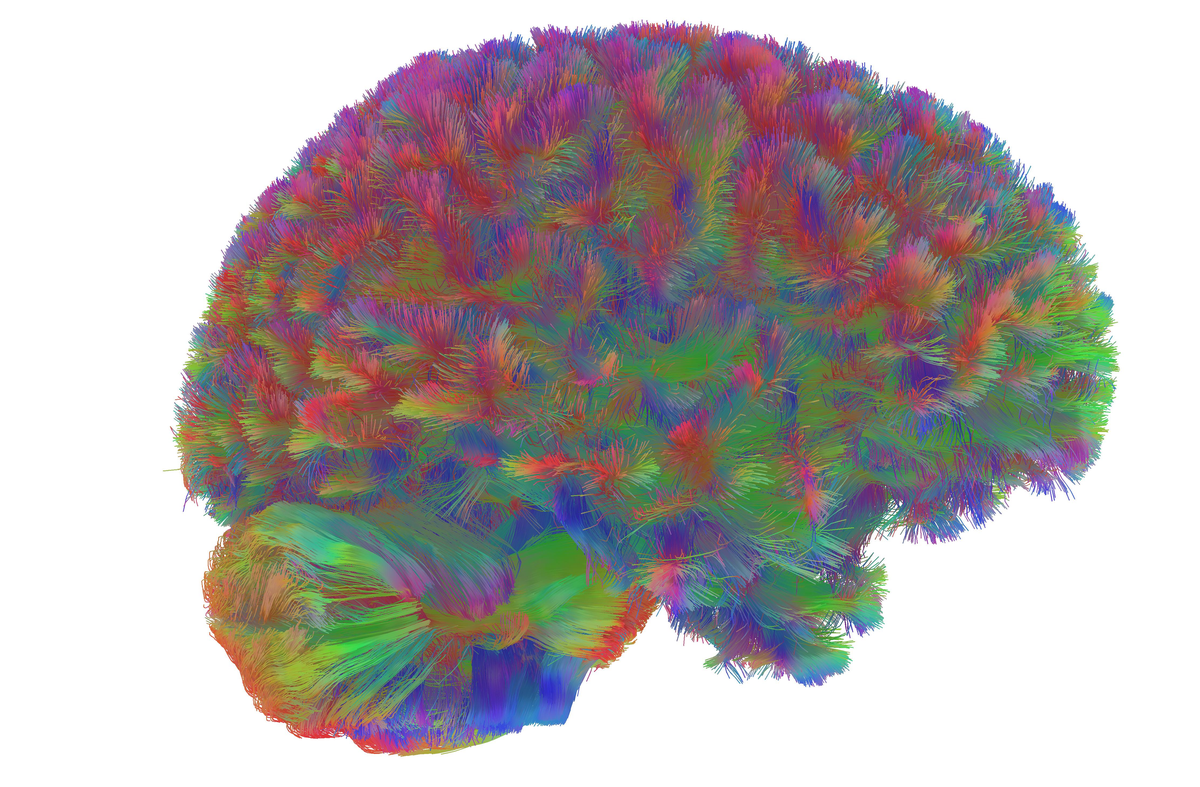
"The human brain experiences five distinct eras as we age, and each is defined by changes in our neural architecture that influence how we process information, new research shows. The brain changes associated with these stages shape how our mind ages and ultimately declines. In a study published on Tuesday in Nature Communications, researchers compared the brain scans of 3,802 people between zero and 90 years old."
"By mapping the brain's connections over time, the scientists detected four turning points in brain structure over the course of a human life: at age nine, 32, 66 and 83. What this means, according to the researchers, is that our brain's connections wire themselves in pretty much the same way from birth to nine years of age. Then our neural architecture starts to organize differently as we enter adolescence, continuing through age 32."
"What we find suggests that the journey from childlike brain development to this peak in the early 30s is distinct from other phases in the lifespan, says Alexa Mousley, the study's lead author and a neuroscientist at the University of Cambridge. This doesn't mean that the brain of a 17-year-old and a 30-year-old look are the sameit's specifically that the types of changes occurring ... are consistent, she adds."
Human brain development and aging proceed through five distinct eras defined by shifts in neural architecture, with turning points at ages nine, 32, 66, and 83. From birth to nine, brain connections wire in largely similar patterns. Neural organization then changes through adolescence and into the early 30s, reaching a structural peak around age 32. The early 30s begin the longest rewiring era and a relative stabilization of brain architecture, coinciding with a plateau in measures like intelligence and personality. Later stages after the mid-60s and into the 80s involve further connectivity changes that contribute to cognitive aging and decline.
Read at www.scientificamerican.com
Unable to calculate read time
Collection
[
|
...
]